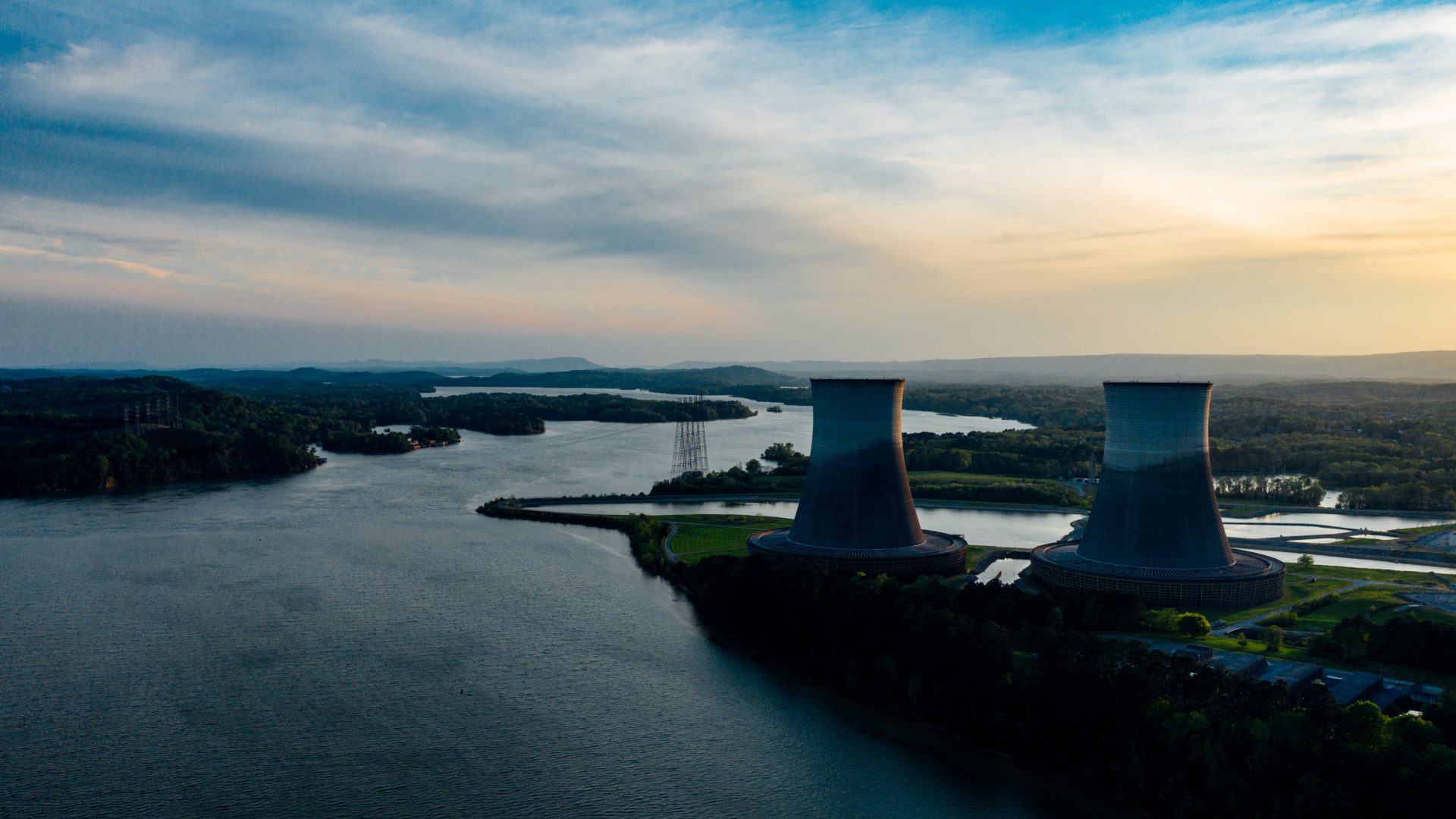Thermo Fisher Scientific Inc. now offers nuclear power plants a new continuously regenerated cation trap column (CR-CTC) application workflow for robust and efficient trace anion contaminant testing of industrial waters.
The new Thermo Scientific Dionex CR-CTC III application workflow offers a solution to reduce the high cost and complexity of anion analysis in lithium borated water, and boiler and cooling water, in nuclear power plants. The workflow comprises the Thermo Scientific Dionex ICS-6000 capillary HPIC System or Thermo Scientific Dionex Integrion HPIC System and the Thermo Scientific Dionex IonPac AS28-Fast-4µm column and allows for the determination of sub-µg/L anionic contaminants, utilizing a new single-step injection method of cation matrix elimination.
The new workflow offers a user-friendly experience, reducing the time required for training, and a single-step injection method of cation matrix elimination to increase productivity. The lower cost of ownership and maximized operational uptime help meet the ongoing increased energy demand.
“This latest CR-CTC workflow aims to help reduce plant maintenance costs by minimizing plant and equipment corrosion through comprehensive trace anion contaminant analysis of industrial waters,” said Dino Alfano, vice president and general manager, ion chromatography and sample preparation, Thermo Fisher Scientific. “The new workflow provides optimum performance for nuclear power application requirements, such as removing lithium in borated waters by employing 100% carboxylate resin and avoiding labile sulfonate that can end up in the cooling water as a corrosive anion.”



